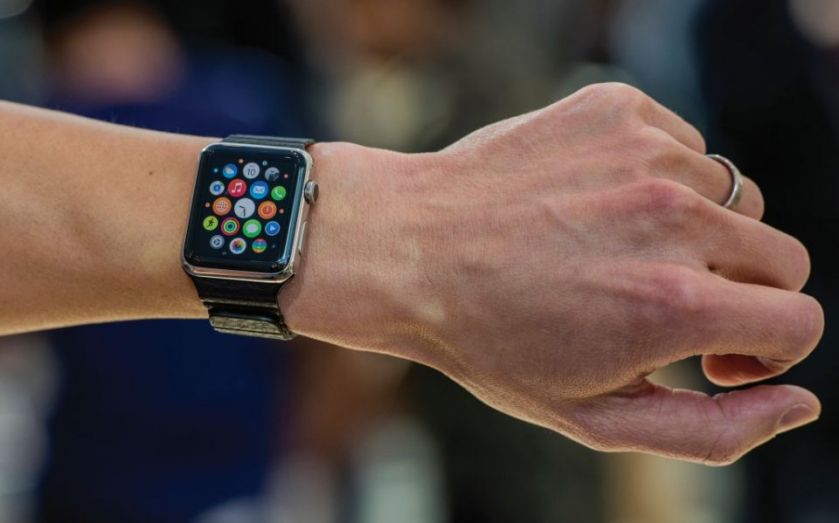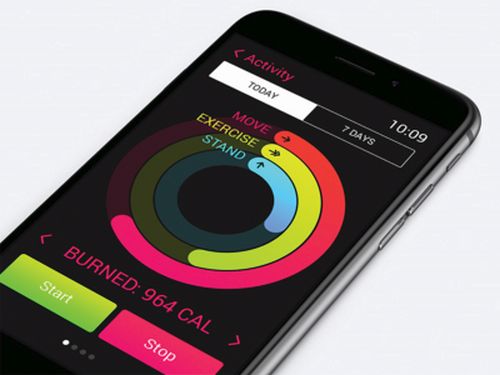Fitness Tracker: How useful is technology in the quest to get healthy?

Last year I underwent a 10-week fitness program with City gym No 1 Fitness. It involved four personal training sessions a week and eliminating carbs and sugar from my diet. Unsurprisingly, it worked; I ended up fitter than I’d ever been. But how easy is it to get to that level of fitness if you don’t have the time (or money) for that level of commitment?
This week I rebooted the process, starting a fresh 10-week program involving only one or two sessions a week with a trainer (at the same gym), this time introducing technology to try to keep up my motivation. Which devices and apps work? Is the information they produce accurate or useful?
The new Apple Watch seemed like a natural starting point. It has two native fitness apps. “Activity” is a neat visual representation of how many steps you’ve taken (measured by the in-built accelerometer), if you’ve spent too much time sitting down and how many calories you’ve burned; basic but effective (and very pretty).

“Activity” app
“Workout” tracks specific exercises: how far you’ve run/walked/cycled/ rowed, including the number of calories burned, pace and your average heart-rate. Again, it’s not ground-breaking, but if you do a lot of cardio, you should begin to see gradual improvements over time. I was disappointed to find the Apple Watch doesn’t have GPS, meaning I can’t track my run routes without carrying my iPhone with me. It partially makes up for this by having a clever motion tracker that can pretty accurately work out how far you’ve moved by the motion of the watch. It’s not an ideal solution, but it beats having to strap my iPhone 6 Plus to my arm like a Roman shield every time I go running.
Regular gym-goers, however, will find the functionality a little lacking – non-cardio exercise, including weights, is classed as “other”, which the watch reads as a “brisk walk”; anyone who has ever tried a dead lift will know this is far from the case. I expect apps will soon appear to tell the Watch exactly what it is tracking and help extract more targeted data.
The optical heart rate monitor is one of the watch’s main selling points and it’s genuinely useful during high-intensity workouts, allowing you to time how long it takes your heart rate to drop back to a normal level. Unfortunately, it often seems off the mark and can take a long time to register, by which point your heart rate has naturally dropped.
It’s too early to discern very much from the information I’ve gathered so far but I’ll check back in the coming weeks.
Steve is training with No 1 Fitness, which has gyms in the City, Tower Bridge and Canary Wharf. The No1 Monthly Package costs £235 per month for unlimited group fitness slots, and one personal training session per month. The deal includes analysis by the gym’s nutrition and fitness professionals.